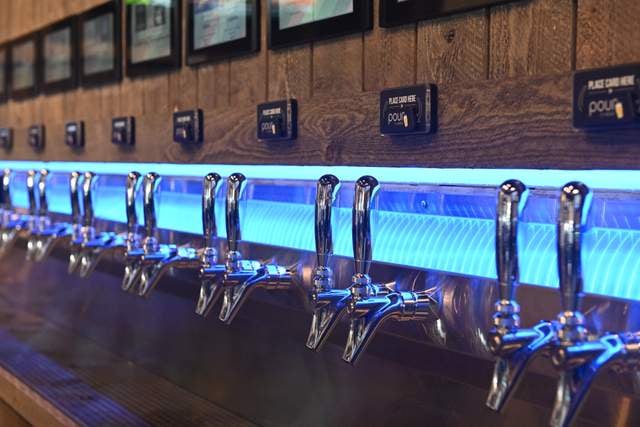
Convenience. Quickness. Small or big pours. Less staff. Less wasted product. Safety? These are some of the pitches for self-pour dispensing systems. Because of the pandemic and because it was already a trend, announcements of new self-pour destinations are currently filling up my inbox. Are self-pour systems safer from COVID-19 transmission than traditional service staff? Ask CBB writer Chris Crowell for his risk assessment, and he’ll say probably not. Ask me, I’ll say the jury is still out drinking, but I get the sense that it’s part of the marketing pitch. Here’s a few new ones that caught my attention.
Tap99
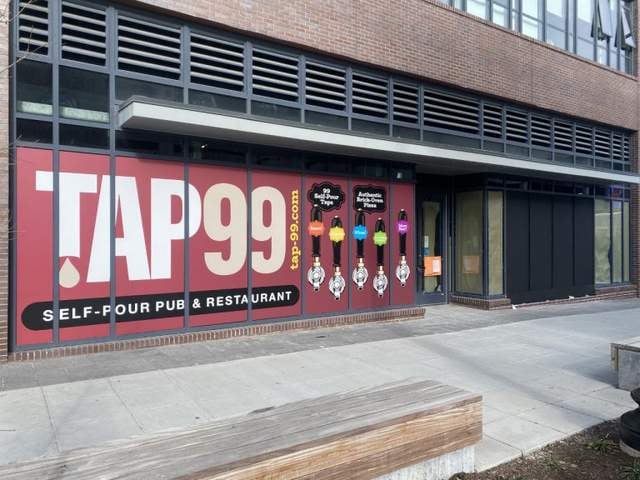
Up first, Washington, D.C.’s first 100 percent self-pour taphouse will open this spring. Tap99 will have (you guessed it) 99 self-pour taps and a restaurant located directly across the street from the Nationals Park main gates. The 2,800-sq-ft concept will allow patrons to pour their own beer, wine, ciders and pre-mixed cocktails. A reminder on how it all works (from the press release):
Upon entering, customers are given an RFID card that is connected to their form of payment. Patrons use the RFID card to activate the electronic self-pour taps of their choosing. Customers are charged by the ounce, meaning they can pour as little or as much of their beverage of choice. Self-pour technology creates a fun, interactive experience for consumers, and in addition, wait times and touch points with staff are reduced.
Dreamland

Let’s head south! A new beer destination appropriately called Dreamland just opened last Friday. It’s a massive 64-acre entertainment and recreation venue in Dripping Springs (a city in Hays County, Texas). It says its “boasts one of world’s most extreme and challenging miniature golf courses.” Also, there’s pickleball, kids playscape and splash pad, “an impressive array of awe-inspiring sculptures and murals from all over the world” and “giant Texas and American flags,” says the press release. There’s also a sports bar and beer garden. Another self-pour RFID card system and technology will be used. The taps will feature 50 local beers, hard seltzers, ciders and kombuchas, and the wine selection will consist of 40 central Texas varietals.
What about safety? From the press release:
The health and safety of all Dreamland guests and patrons, as well as that of the staff and crew, is the absolute top priority. Not only is the venue following the latest CDC guidelines, but they have implemented a number of safety practices throughout Dreamland. A few of the safety measures include sanitizing recreational equipment before each new use, regularly sanitizing public surface areas, staff hygiene and health monitoring, mask use by staff while in indoor areas and patrons while indoors when not seated or eating and drinking, socially distanced layouts, encouraging patrons to maintain a safe distance of at least 6 feet from others not in their party while on site, and more.
iPourIt
Two big systems have dominated the market, or at least my attention. We’ve got history matched with new technology at the District House of Taps, a newish self-pour taproom and restaurant in the Hilltop House, a 112-year-old-home in Fayetteville, N.C. The venue boasts a self-serve beverage wall powered by iPourIt technology with 40 RFID-activated taps. District House of Taps is one of over 60 locations operating with iPourIt’s GEN 4 technology, which is one of its big differentiators. Also of note: iPourIt just announced a new three-year warranty that it says is the most comprehensive coverage in the industry.
PourMyBeer
In 2021, PourMyBeer is leading the self-pour charge with 7,000 self-pour taps in service and with over 270 locations around the world, supporting big brands like Buffalo Wild Wing, Caesars Entertainment, Whole Foods and (FUCK YES) the U.S. Marine Corp. and U.S. Air force. Let’s also consider last year, CCEP Ventures, the investment arm of Coca-Cola European Partners (a massive bottler), invested an undisclosed sum and acquired a 25 percent stake in Innovative Tap Solutions, which owns PourMyBeer.
PourMyBeer is definitely pushing the safety angle. It has a COVID-19 case study on its website that you can download if you’re willing to give up a little info. While my personal jury’s still out on if self-pour is safer, it can probably overcome the challenge of reduced capacity mandates, which is clever. In this video with Auggie’s Draft Room (the case studied), owner John Felico suggests giving customers gloves:
PourMyBeer basically boils its pandemic safety pitch down to three main safety considerations: reduce touchpoints and close social interactions, avoid creating crowds (especially in long lines) and optimize space in the establishment. Get deep into its argument right here. In my mind, I imagine tipsy patrons touching their germy glasses to the tap, but my mind is full of terrible things.
Pros and cons
Much of the appeal of self-serve alcoholic beverage dispensing technology is linked to four major benefits — reduced waste, improved consumer choice (and sales), data collection (captures key demographics like gender, zip code, products poured, average ounces poured, etc.) and lower labor costs (as bars and restaurants can reduce staff since consumers would be serving themselves to some degree), but with pros also come cons — the initial high cost, extra maintenance (like checking flow meter accuracy), dispensing limits for customers and the idea that craft beer might need some education (say from a waitress or bartender).
We’re, of course, assuming self-pour technology is allowed in your area (it might not be). According to PourMyBeer, these are still a handful of states that have not given permission to use its systems — New Mexico, Utah, Oklahoma, Oregon, Montana, Vermont, Connecticut and West Virginia.
Overall, self pour tech is a concept we’ve explored a few times. Right now, safety is being pushed, but money is the big factor. According to one such previous article, PourMyBeer said it can save restaurants and bars an average of $142 per keg.
The average cost of a keg is $150, and the average markup is four to five times the cost equaling $600 to $700 in sales per keg. Most bars only sell 77 percent of every keg. This means that they are literally losing 23 percent of their inventory to waste, theft loss, etc. This is because there’s no mechanism in the process that ties pours to sales. With the PourMyBeer system, the only cards that work at the taps and the only way to pour a beer is to have a credit card tied to the RFID card. This translates to selling 98 percent of every keg vs. 77 percent. The 21 percent increase in what they sell works out to roughly $142 more dollars of sales and profit from every keg.

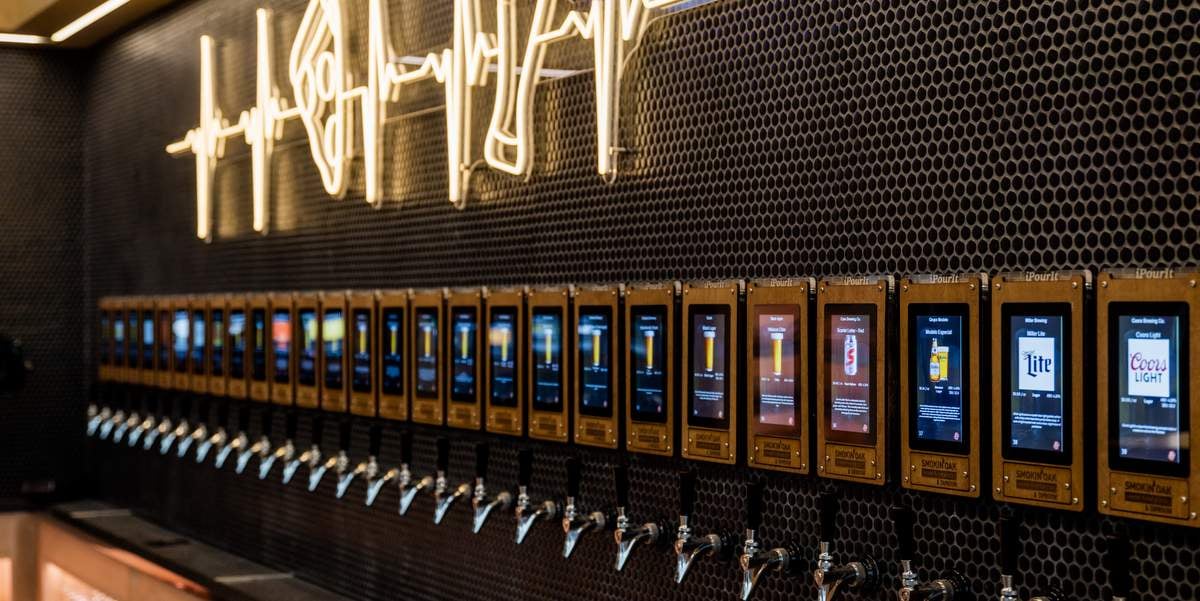
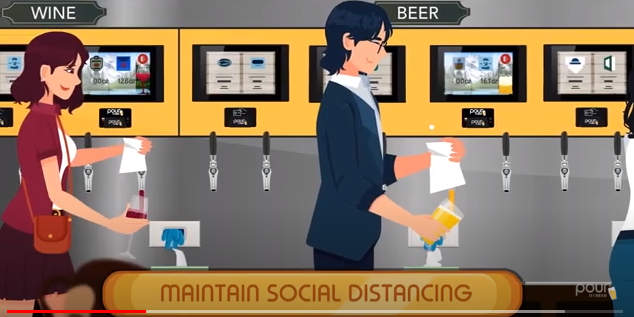
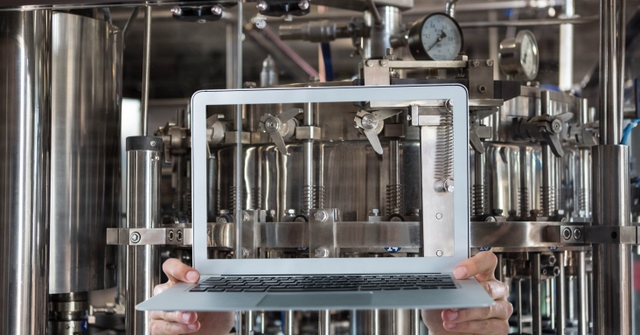
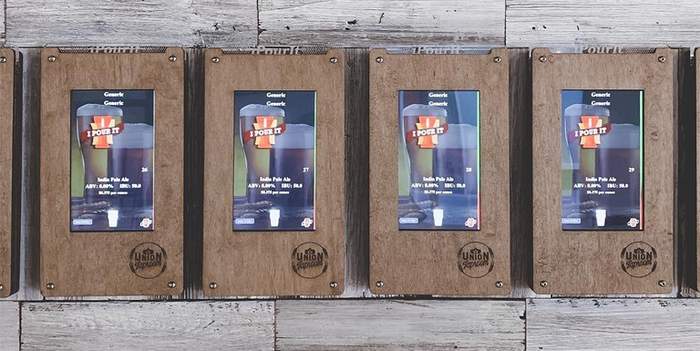
Leave a Reply
You must be logged in to post a comment.